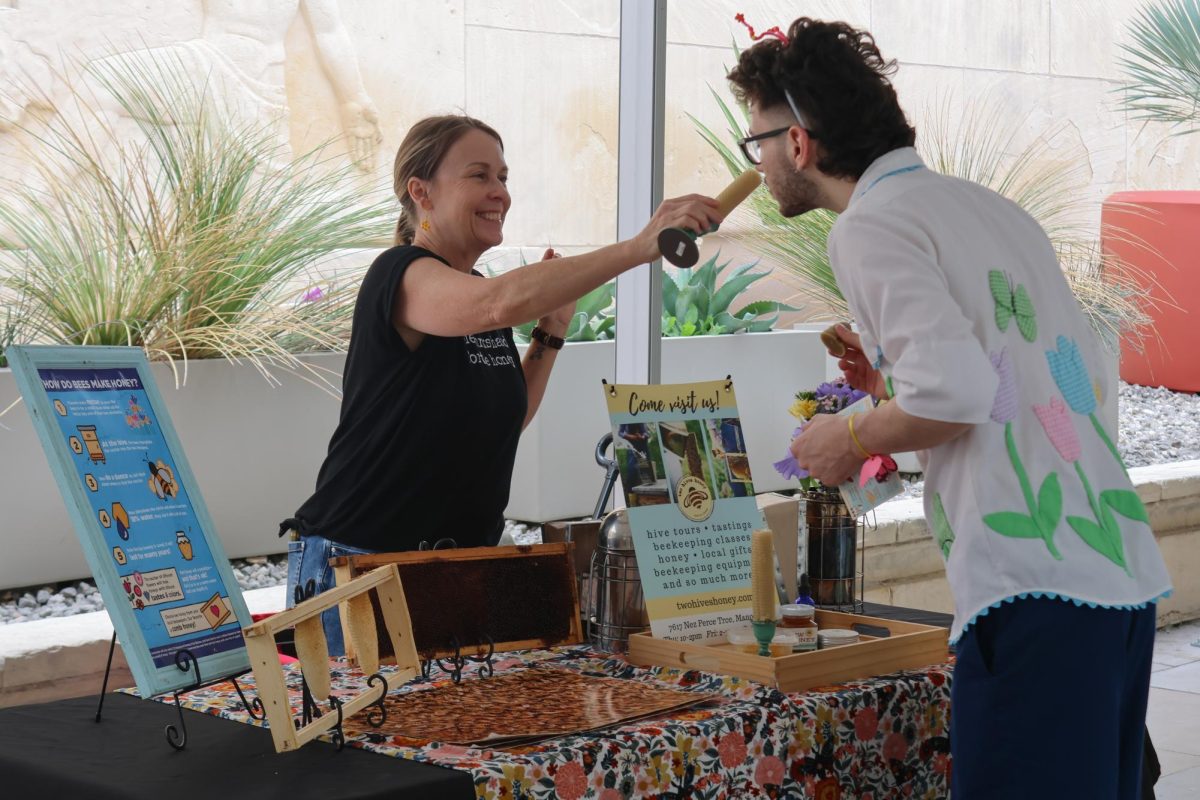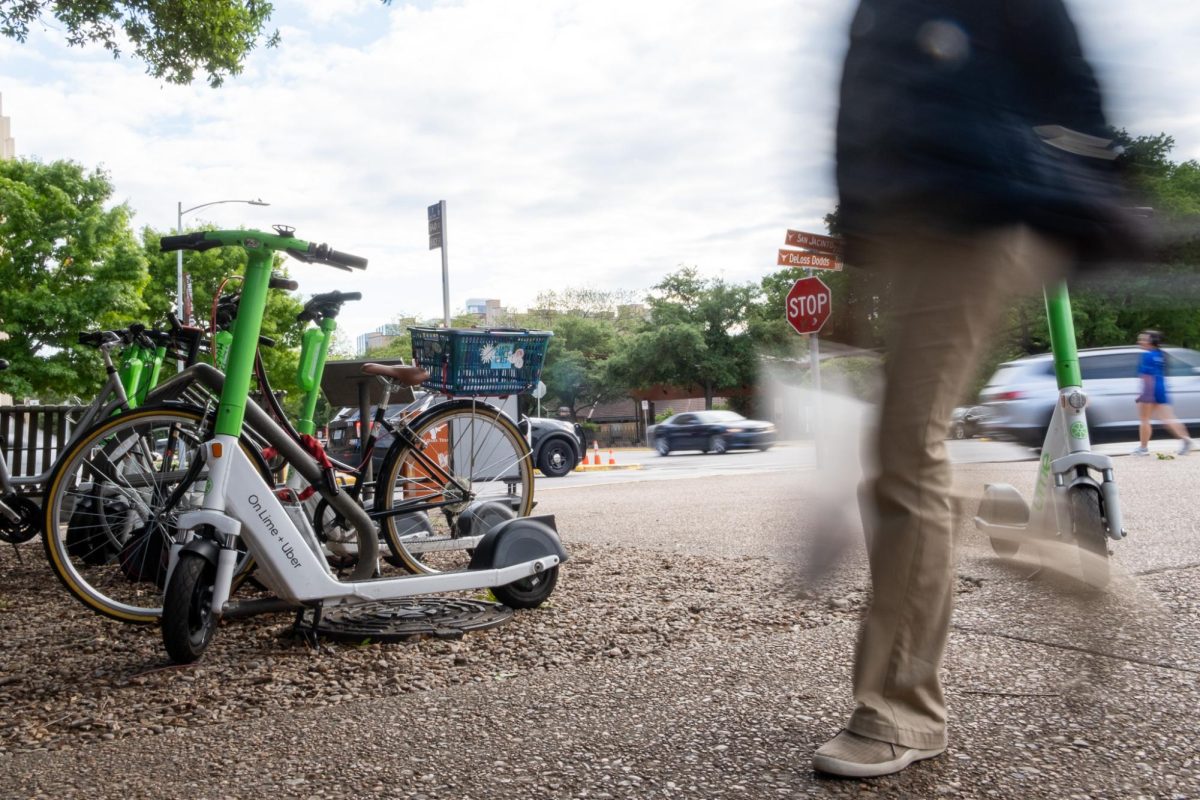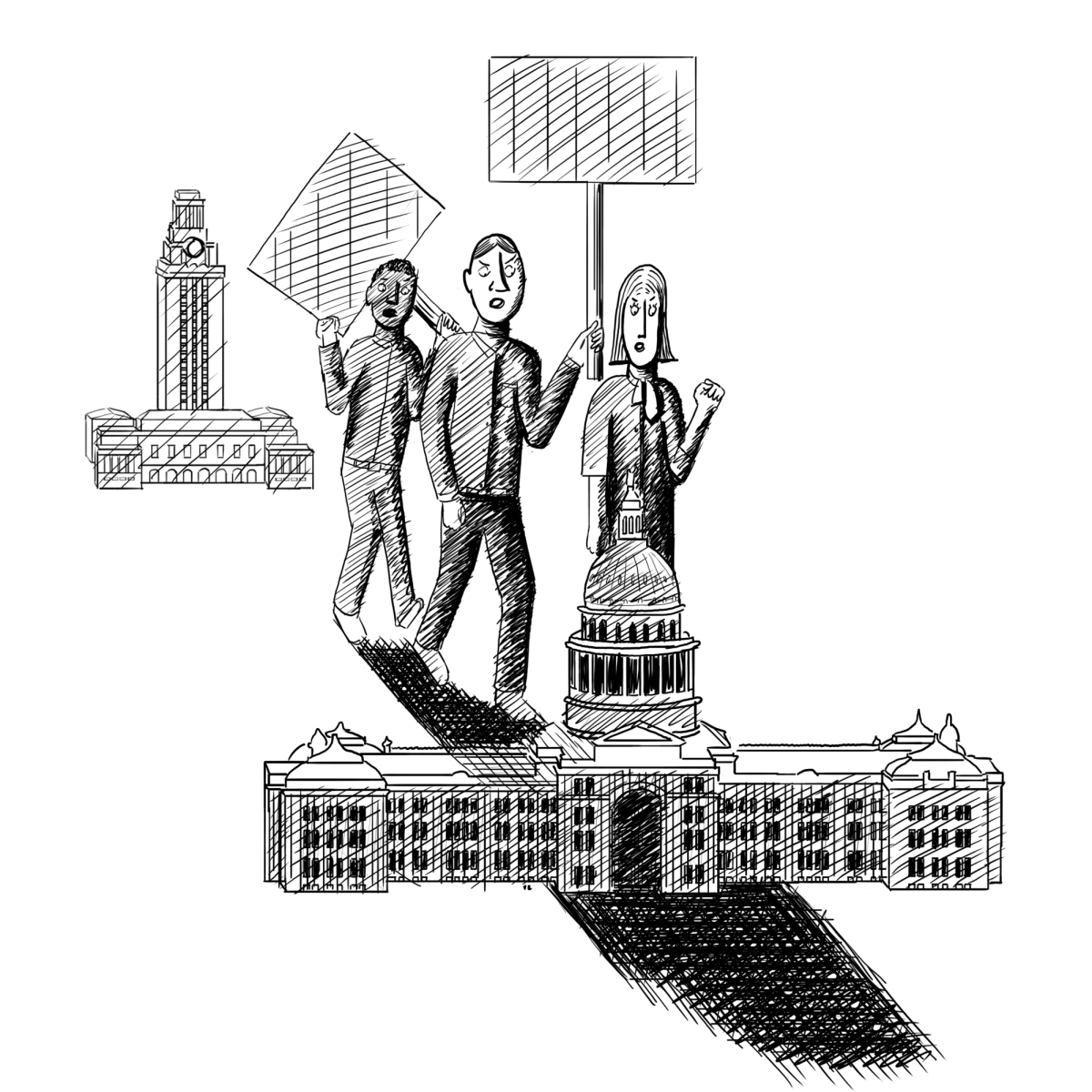A University professor and graduate students collaborated with researchers from Northwestern University to develop an inkjet printing method that could be used in devices such as smartphones and computers — but with cheaper, more easily recyclable resources than current electronics.
Ananth Dodabalapur, electrical and computer engineering professor, and graduate students Seonpil Jang and Bongjun Kim created the first inkjet-printed small channel, single-walled carbon nanotube field-effect transistor.
The engineers said their invention creates a method that utilizes inkjet printing to build high-performance transistors. They printed small tubes made of ink, called cano-nano tubes, that make up transistors. Each tube is about one nanometer long, which is equivalent to one-fiftieth of a hair strand.
Transistors are small devices used to switch or control electronic signals in circuits. They are found in familiar displays and wearable technology such as smart watches and computer displays, Dodabalapur said.
Although transistors are common, they can be expensive to produce. The engineers said they wanted to invent a method that would slash transistor-building costs and upgrade the quality.
“People have predicted that there will be a trillion transistors in the future, so we need to keep the costs as low as possible to build them,” Dodabalapur said.
According to Bongjun, the conventional methods of assembling transistors require an abundant amount of resources that are not eco-friendly.
“[Inkjet printing] can reduce material consumption and process time significantly,” Bongjun said.
Electronics, including transistors, are traditionally fabricated in clean rooms, which are closed environments to control airborne particles. As an alternative to high-cost clean rooms, transistors can now be manufactured in printing presses at a low cost, said Mark Hersam, who worked with Dodabalapur and is a professor of materials science and engineering at Northwestern University.
“Before the Internet, newspapers were widely read,” Hersam said. “Now printing presses are not being used, so we want to use these printing presses to create high-end technology as an alternative to expensive cleaning rooms.”
Biomedical engineering senior Usman Dar said the inkjet printing’s flexibility and ability to create intricate patterns will advance cell study and aid bio printing.
“Inkjet printed transistors are theorized to have significant implications in medical industry, especially in tissue bio printing,” Dar said. “Inkjet printing technique is highly flexible in creating complex transistor patterns. It has a great potential to allow us to engineer viable cells and study them.”




















